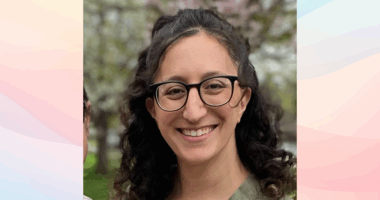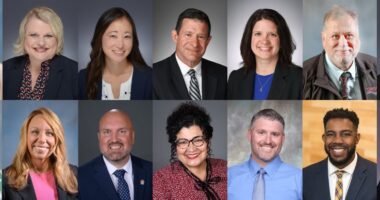Improving Schools through Strategic Family Engagement and Community Partnerships Stacking
Session notes from "Improving Schools through Strategic Family Engagement and Community Partnerships Stacking," presented by Andrea Thompson and Patricia Frazier, at UNITED: The National Conference on School Leadership.

What was the speaker’s best quote?
“This job is not for us alone. It is a community. These are your kids, so come on in.”
What were the top ideas from the session?
- Stacking and layering needs means that you do not have to address one student need at a time. This approach makes it so that you can simultaneously meet multiple needs by stacking and layering them into the following categories: Basic Needs, Safety and Security, Belonging and Social Needs, Esteem and Development Needs, and Self-Actualization
- Reach out to your community partners to help you meet all the categories of student need, especially those needs that you do not have resources for yet. We are all community schools, and our communities want to help!
- Design an Outreach Action Plan with your team and strategically stack and layer services within this plan to reach multiple needs at the same time.
What is one strategy that you will implement immediately?
Last year, my MTSS Leadership Team worked hard to categorize and map our existing resources. I think it would be beneficial for us to create an Outreach Action Plan using Thompson and Frazier’s resources.
What is one strategy that will help you with instructional leadership?
Inviting our community partners into our school to help us meet our instructional and other needs. I am excited to think more about thoughtfully organizing school events to meet all five needs categories.
What is one idea you want to learn more about?
I would like to learn more about how to get parents/caregivers involved in school events and would love a list of ideas for activities and partners for community events. We are having a community event in August.
I can’t wait to tell my teachers about this idea:
I cannot wait to tell my MTSS Leadership Team in particular about Thompson and Frazier’s six-step process:
- Step 1: Identify Students’ and Families’ Comprehensive Range of Needs
- Step 2: Categorize Needs
- Step 3: Map Existing Resources Based on Identified Needs
- Step 4: Determine Additional Sources Needed
- Step 5: Create Action Plan
- Step 6: Stack/Layer Services for Simultaneously Meeting Needs
What are some relevant or surprising stats you learned?
After learning about community schools, I researched online and found that there are about 5,000 community schools in the U.S. However, as Thompson and Frazier explained, you do not have to be an official community school to involve your community.
Delaney Rosenberg is principal of Ellis School in Fremont, New Hampshire.
Read more session notes in the NAESP Conference Blog.




